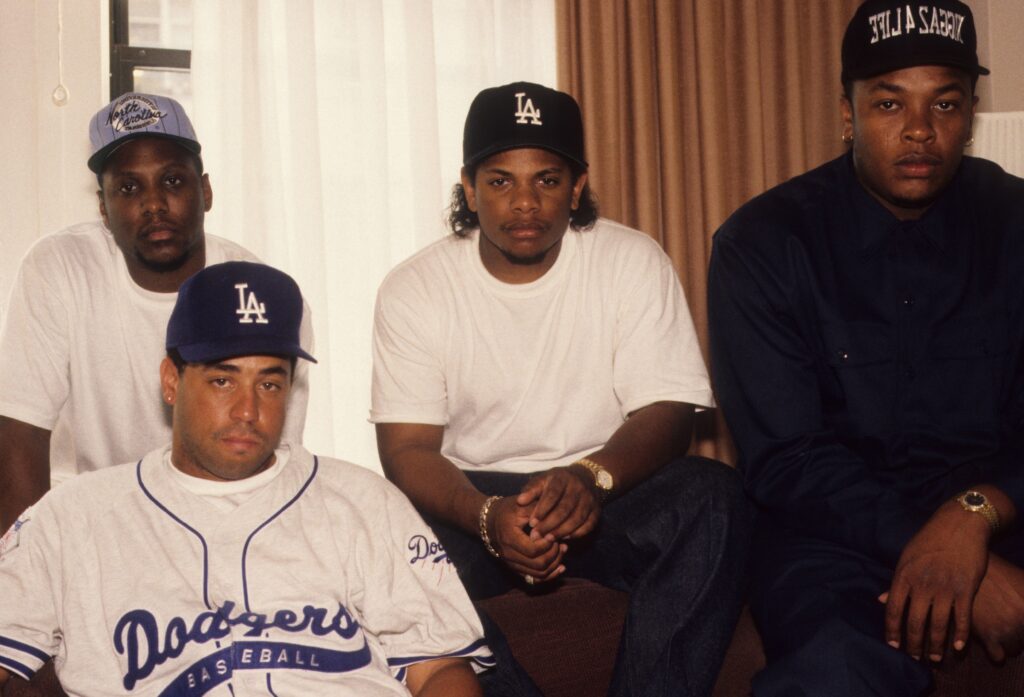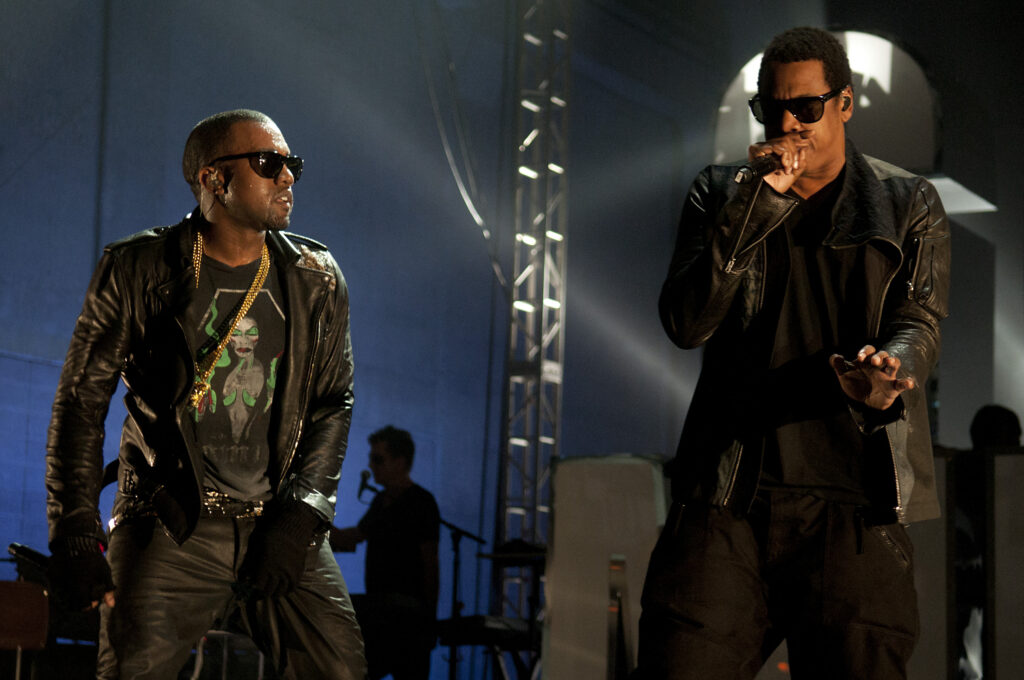Following the release of his debut album, 2001’s I’m Serious, T.I. was dropped from Arista Records. This led to his signing with Atlantic and starting his very own label, Grand Hustle. With the push of a new major label and his very own imprint, T.I. reached a wider audience with his 2023, now-Platinum-selling second album, Trap Muzik. The influential project, which included features from Mac Boney, Jazze Pha, 8Ball & MJG, and Bun B, peaked at No. 4 on the Billboard 200. Additionally, it reached No. 2 on their R&B/Hip Hop Albums chart. For its 20th anniversary, which arrived August 22, we’re looking back on Trap Muzik‘s impact and influence.
T.I. Established His Sound On His Second Album
T.I. displayed his rap skills to the world with I’m Serious. However, the album did not perform well commercially and was not warmly received by critics. He made sure to outperform his debut with his second album. T.I. established his own signature style, reaching new creative and commercial heights in the process. Trap Muzik is not what many people may consider “trap music” nowadays, but it painted a picture of “the trap” in its lyrics, laying the foundation for the subgenre.
The album revolves around life in “the trap” and the circumstances that come with the lifestyle of trapping. T.I. displayed some of the earliest iterations of trap music with hard-hitting street anthems like “Rubber Band Man” and “24’s.” He also shared different outlooks on the lifestyle with songs like the Kanye West-produced “Doin’ My Job.” With a uniquely Southern style and varying perspectives, Trap Muzik set the bar for T.I.’s signature sound in future works.
T.I.’s subsequent albums pushed him even further into mainstream success. After establishing his sound on Trap Muzik, he naturally progressed to securing his first No. 1 singles and Platinum albums. T.I. showed the growth of the themes of his sophomore effort in his later and most mature works like Dime Trap. Additionally, Trap Muzik’s impact and influence stands out in his expansive discography. It created the basis for trap music as a subgenre and was groundbreaking for not only T.I.’s career but also for the future of the South.
Trap Muzik Helped Usher In A New Subgenre
T.I. has often credited himself as the inventor of trap music, citing this album’s release date as the official birth of the subgenre. He certainly coined the term, but he was not the sole developer of what we now refer to as trap music. Artists like Gucci Mane and Jeezy made sizable contributions to the subgenre, though Trap Muzik precedes their first releases. Many label the album as gangsta rap or, more broadly, as Southern hip hop. T.I.’s second album helped usher in the new sound of the South, regardless of how one categorizes it.
The album has seen long-term impacts as trap music went on to dominate hip hop, becoming an era-defining sound. Twenty years later, trap music still leads in hip hop and has permeated other genres, including R&B, pop, and EDM. These impacts can be traced back to T.I. in 2003. Trap Muzik helped define the sound of Southern hip hop during the early 2000s, shaping the the genre’s future.
[via]
The post T.I.’s Sophomore Album “Trap Muzik” Turns 20 appeared first on HotNewHipHop.



